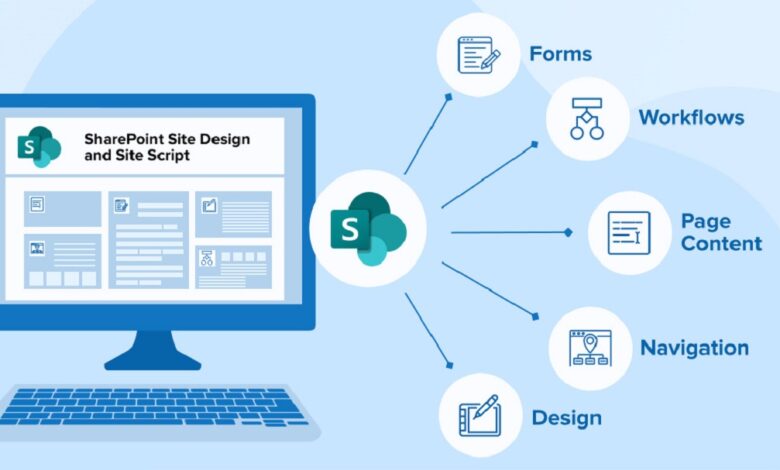What Are the Different SharePoint Permission Levels?

SharePoint is a flexible and strong stage that empowers associations to team up, share records, and oversee content effectively. One of the vital parts of SharePoint is its strong consent to the executives framework. SharePoint permits chairmen to control admittance to locales, libraries, records, and individual things or reports utilizing different authorization levels. In this article, we will investigate the different SharePoint consent levels and how they work.
Understanding SharePoint Permissions
SharePoint consent framework is worked around the idea of conceding or denying admittance to clients and gatherings at different levels of a site progressive system. These consents figure out what activities clients can perform, like review, altering, or erasing content inside SharePoint.
Here are the primary SharePoint permission levels:
Full Control:
Full Control is the most elevated consent level in SharePoint. Clients or gatherings with Full Control can play out all activities on a site, including overseeing consents, making and erasing subsites, and altering site settings. This degree of access is regularly saved for site proprietors and executives.
Design:
Clients or gatherings with Plan consent can make, alter, and erase records, libraries, and pages inside a site. They can modify the site’s appearance, yet they don’t oversee authorizations at the site level.
Edit:
Alter authorization permits clients to alter content inside records and libraries, including archives and things. Be that as it may, they can’t make or erase records, libraries, or pages. Clients with Alter consent can likewise oversee report forms.
Contribute:
Contribute authorization is fundamentally for clients who need to add content to records and libraries, for example, transferring reports or adding things. Clients with this authorization can’t alter or erase content made by others.
Read:
Peruse consent awards clients the capacity to see content inside records, libraries, and pages. They can open and understand reports yet can’t roll out any improvements. Peruse just access is appropriate for the individuals who need to get to data without changing it.
View Only:
View Just is like Understood authorization however confines clients from downloading reports. This degree of access is frequently utilized for exceptionally delicate records that ought not be downloaded or saved locally.
Limited Access:
Restricted Admittance is a one of a kind consent level in SharePoint. It isn’t relegated straightforwardly yet is naturally conceded when a client is given admittance to a particular thing inside a site however not the whole site. This level permits clients to get to the thing while at the same time keeping them from seeing different pieces of the site they don’t have authorization to get to.
Additional Permissions in SharePoint:
Aside from these essential authorization levels, SharePoint additionally offers particular consents for explicit undertakings, for example,
- Manage Permissions: This authorization permits clients to oversee consents for a site, including adding or eliminating clients and gatherings.
- Approve: Clients with this consent can endorse things in endorsement work processes.
- Create Subsites: Awards the capacity to make subsites inside a site.
- View Application Pages: Permits clients to see application pages, which are framework pages in SharePoint.
Conclusion:
Understanding SharePoint authorization levels is fundamental for really overseeing admittance to your SharePoint locales, records, libraries, and content. By relegating the proper authorization level to every client or gathering, you can guarantee that your association’s delicate data stays secure while empowering joint effort and efficiency.




